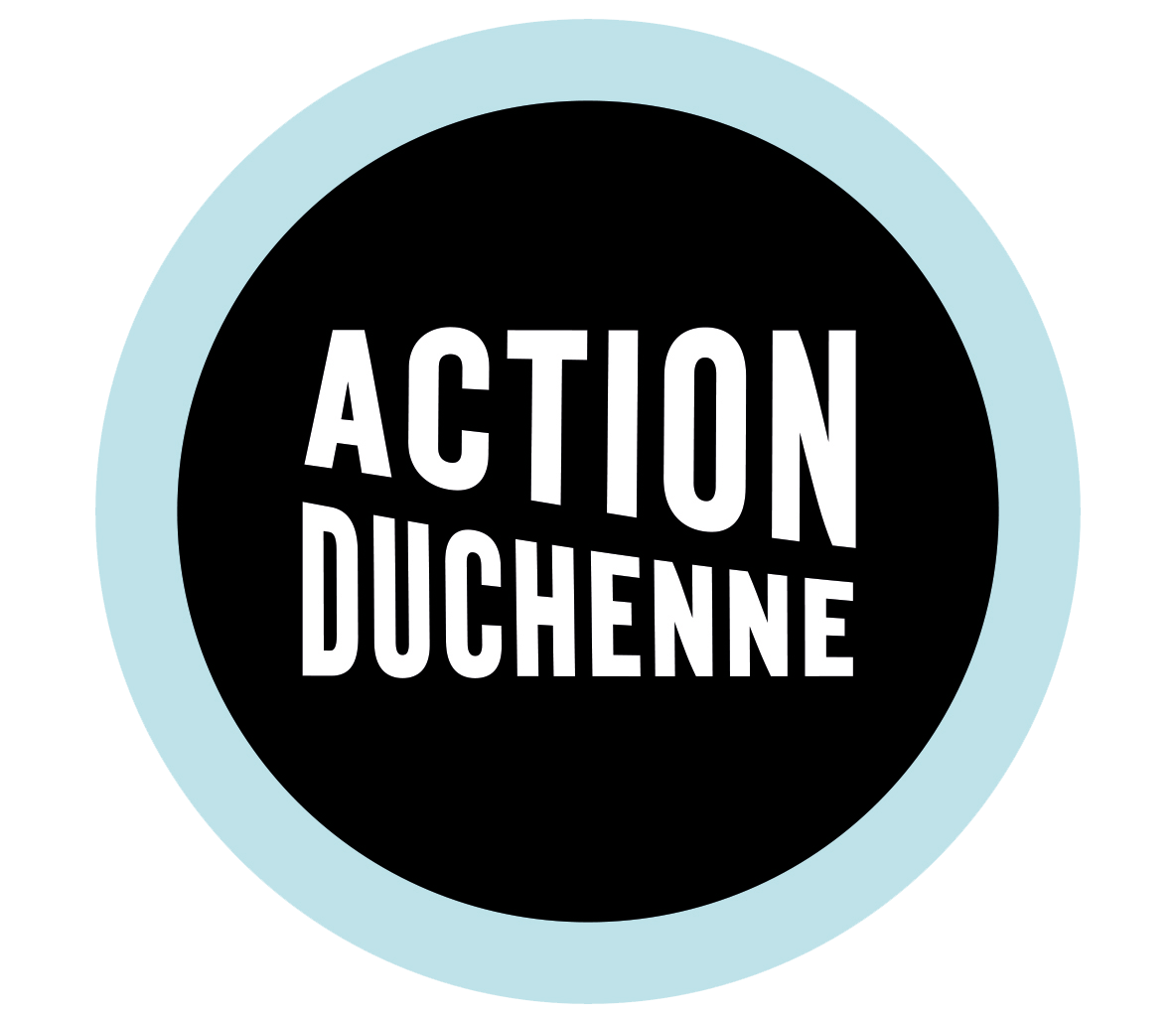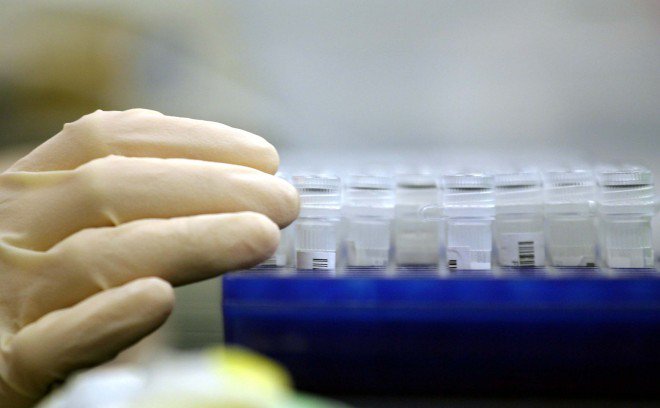Gene therapy for Duchenne muscular dystrophy aims to compensate for the lack of dystrophin by transferring a working version of the dystrophin gene into muscle. The gene is delivered by DNA carriers called vectors, such as adeno-associated viruses (AAV). As the dystrophin gene is one of the largest in the body and there is a limit to how much DNA can fit inside the AAV, a shortened, but functional version of the dystrophin gene is used, called microdystrophin. Professor George Dickson, Dr Linda Popplewell and their team have previously shown that microdystrophin can be very efficient at rescuing dystrophin production in animal models of Duchenne. A potential gene therapy called AAV8-MD1 (which uses a microdystrophin called MD1 inserted into a delivery vector called AAV8) has been designed, and successfully tested in a dog and a rat model of Duchenne muscular dystrophy. The AAV8-MD1 is being produced in large scale amounts in partnership with Genethon (Evry, France) and will be tested in boys with Duchenne in a clinical trial under the sponsorship of Genethon, as a major aim of the UNITE-DMD programme.
The other part of the programme, which Professor Dickson and Dr Popplewell and their team at Royal Holloway University London will be working on, is concerned with developing and testing new gene therapies that are potentially more effective. Better therapies could offer greater benefits for those taking them, and could potentially decrease the risk of side effects. Improving the effectiveness of the AAV8-MD1 would also mean less is needed, reducing the costs of manufacture. Special regulatory regions in microdystrophin DNA define how much microdystrophin protein is produced and in which tissue. Other DNA regions can determine the functionality of the protein, for example which proteins it is able to interact with in muscle. The Royal Holloway team will use genetic engineering to alter these regions to maximise the effects of the gene therapy. These newer, improved AAV-microdystrophins will be tested in animal models of Duchenne. The amount of microdystrophin found in cardiac and respiratory muscles, as well as their effect on skeletal muscle strength, will be measured.
Update on the development of next generation microdystrophins
Improving the function of microdystrophin protein: The overall aim with gene therapy for Duchenne is to create microdystrophin protein that functions as much like healthy dystrophin protein as possible. To do this, the researchers lengthened the microdystrophin gene to include parts of the dystrophin gene that are important in the function of the dystrophin protein. Using this approach, the researchers have created four new microdystrophin genes. All produced good levels of microdystrophin protein in cultured cells and in a mouse model of Duchenne. Further testing in an animal model is needed to better understand the functional benefits. However, some further testing was performed in one of the microdystrophins, which showed it was able to protect the muscle from damage.
Boosting production of microdystrophin protein: The aim is to increase the amount of microdystrophin protein produced by the microdystrophin genes. To do this, the team created new microdystrophin genes by altering regulatory elements in the DNA. One of these was able to significantly increase microdystrophin protein in the heart, when tested in a mouse model of Duchenne. This is particularly important because dystrophin is critical for maintaining the heart function, and addressing the dysfunction of the heart will be an essential part of an effective treatment for Duchenne.
In summary, good progress is being made towards the development of next-generation microdystrophins, with various approaches showing improvements in the amount and/or function of the microdystrophin. This will be essential for having a pipeline of improved gene therapies for the future.
Update on the UNITE-DMD clinical trial
Preparatory work for the clinical trial is also getting underway. Professors Francesco Muntoni and Volker Straub, from University College London and Newcastle University respectively, have started the process of recruitment for the clinical teams that will design and oversee the trial together with the clinical team at Genethon. Other work has been taking place to ensure there are sufficient amounts of the AAV8-MD1 gene therapy for the clinical trial to run. This requires a scaling up of the manufacturing process in order to produce large amounts at clinical grade quality. This work has been progressing well; it is being funded and carried out by our French partners AFM Telethon and its not-for profit biotech, Genethon, but forms an essential part of the UNITE-DMD programme.
Find out more
Contact Neil, our Director of Research, on 020 7250 8240
More about potential therapies for Duchenne



 Wave Life Sciences announce phase 1 trial results
Wave Life Sciences announce phase 1 trial results

